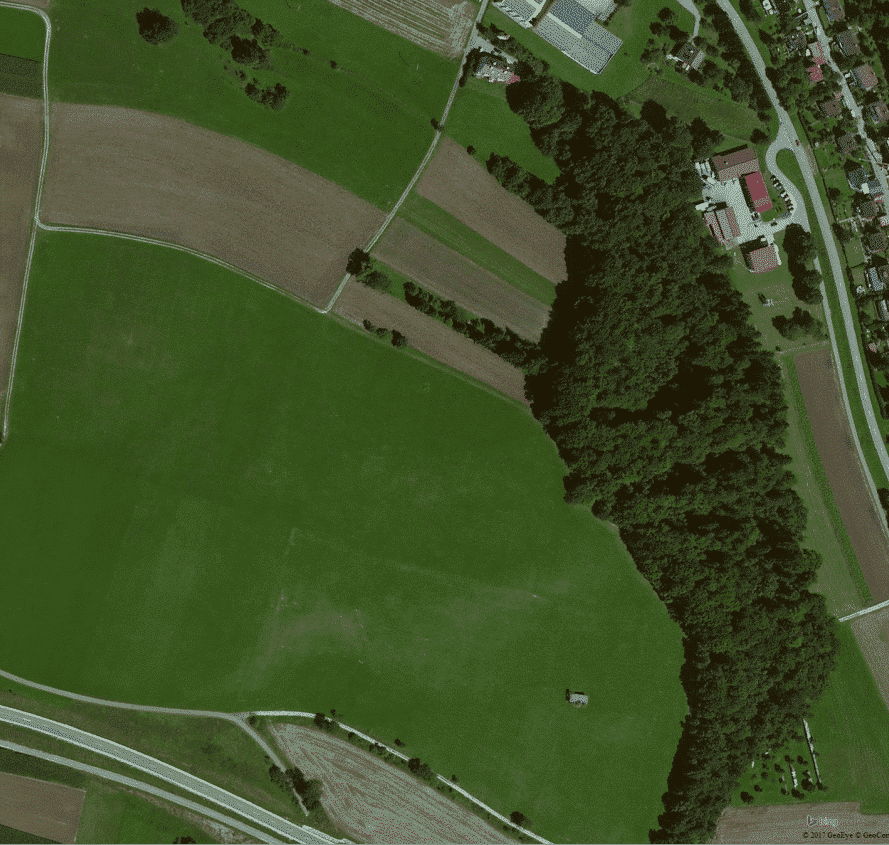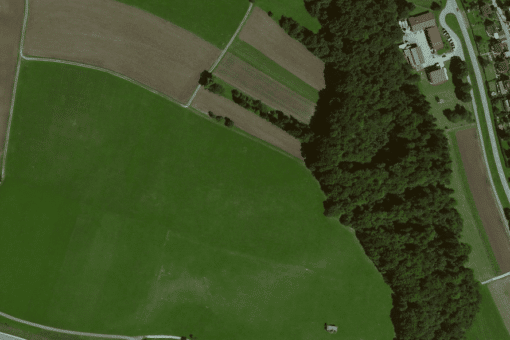Upscaling biodiversity-ecosystem function relationships in real-world landscapes

Biodiversity-Ecosystem Function (BEF) research has typically focussed on local scale relationships between biodiversity and ecosystem function in experimental communities. However, the role of spatial dynamics of biodiversity within ‘real world’ landscapes is rarely considered for most ecosystem functions.
This project will test the hypothesisthat the ecosystem functioning of a grassland plot is higher for any given level of land use intensity when it is embedded within a biodiverse landscape. This is due to two mechanisms: a) faster recovery of plot biodiversity following disturbances (e.g. mowing) as a result of greater recolonisation, and b) the spillover of motile ecosystem service providers (e.g., from pollinators) from more diverse surrounding areas. These hypotheses will be tested by synthesising existing data with new data gathered from biodiversity survey of the areas surrounding the grassland experimental plots of the Biodiversity Exploratories.
The effect of other landscape features (e.g., landscape connectivity and surrounding land use intensity and functional composition) will also be studied. The models obtained from testing these hypotheses will then be used to upscale biodiversity-ecosystem function relationships to the landscape scale, employing a combination of geographic information systems and statistical simulations. This will allow us to estimate the impact of changes to the spatial configuration of diversity and land-use intensity within the landscape. In turn, this will allow us to identify new management strategies that promote landscape multifunctionality and predict the landscape level impacts of future management change, such as further intensification or the restoration of biodiversity.
Intensive agricultural practices have led to a strong biodiversity decline. Up to now, studies have tended to focus on aboveground species, but the soil below farmlands is also teeming with life. We assessed how various aspects of intensive land use affect both above- and belowground biodiversity. Our analyses found that land-use intensification had very different impacts on above- and belowground biodiversity. Local land-use intensity strongly and negatively impacted aboveground trophic groups, but it had positive or neutral effects on belowground trophic groups. Meanwhile, both above- and belowground trophic groups respond to landscape-level land use, but to different drivers: aboveground diversity of grasslands is promoted by diverse surrounding land-cover, while belowground diversity is positively related to a high permanent forest cover in the surrounding landscape. These results have strong implications for the development of conservation strategies for agroecosystems, which to date have focused on aboveground biodiversity. Since the response of belowground biodiversity does not mirror that of aboveground diversity at local scales, a broader view is required and different practices may be necessary if whole ecosystem diversity is to be conserved.
Le Provost G., Thiele J., Westphal C., Penone C., Allan E., Neyret M., van der Plas F., Ayasse M., Bardgett R., Birkhofer K., Boch S., Bonkowski M., Buscot F., Feldhaar H., Gaulton R., Goldmann K., Gossner M. M., Klaus V., Kleinebecker T., Krauss J., Renner S., Scherreiks P., Sikorski J., Baulechner D., Blüthgen N., Bolliger R., Börschig C., Busch V., Chisté M., Fiore-Donno A. M., Fischer M., Arndt H., Hoelzel N., Jung K., Lange M., Marzini C., Overmann J., Paŝalić E., Perović D., Prati D., Schäfer D., Schöning I., Schrumpf M., Sonnemann I., Steffan-Dewenter I., Tschapka M., Türke M., Vogt J., Wehner K., Weiner C., Weisser W. W., Wells K., Werner M., Wolters V., Wubet T., Wurst S., Zaitsev A. S., Manning P. (2021): Contrasting responses of above- and belowground diversity to multiple components of land-use intensity. Nature Communications 12:3918. doi: 10.1038/s41467-021-23931-1










